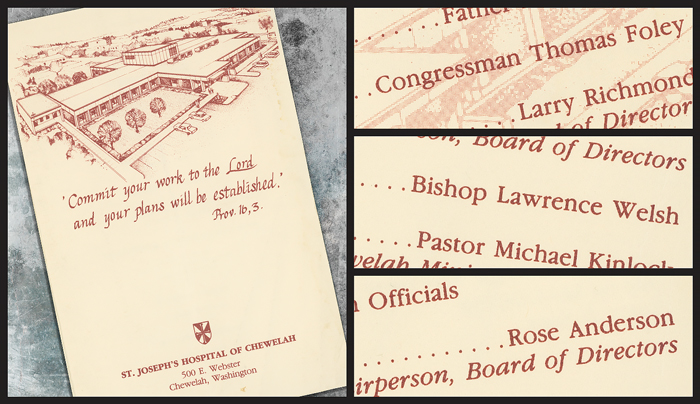Breaking news from Formula 1 today: “a first proper look at both the cars that will do battle in 2021, and at the regulations that will reshape Grand Prix racing as we know it.”
Take a gander at the both/and construction of that sentence. (In this case, both and and are correlative conjunctions, like either/or, neither/nor, not only/but also, et al.)
What the writer is trying to convey is that, through a joint announcement from F1 and the FIA, fans will get a glimpse at (1) what the 2021 cars will look like and (2) the new regulations governing the sport. Both/and.
The way it’s written, however, could lead the reader to assume that only two cars will be racing each other during the 2021 season: “both the cars that will do battle.” The problem is that the both is in the wrong place, a problem that could have been solved by simply removing both and and to see if each clause could stand on its own:
a first proper look at
both
the cars that will do battle in 2021
and
at the regulations that will reshape Grand Prix racing as we know it
See what I mean? We have a repeated at. If the writer had instead written a first proper look both at the cars that will do battle in 2021 and at the regulations that will reshape Grand Prix racing as we know it, then we’d have a little clarity:
a first proper look
both
at the cars that will do battle in 2021
and
at the regulations that will reshape Grand Prix racing as we know it
This is all just a roundabout (not to mention long-winded) way of illustrating the principle of parallel structure—that sentence elements alike in function should also be alike in construction. A simpler example of this principle is as follows:
(incorrect) Aaron likes to listen to the Grateful Dead, chess, and fried chicken.
(correct) Aaron likes to listen to the Grateful Dead, play chess, and eat fried chicken.
Dig that parallel structure! You get precision, clarity, and rhythm—all in one.
posted by: Aaron Bragg | category: the writing life | make a comment


